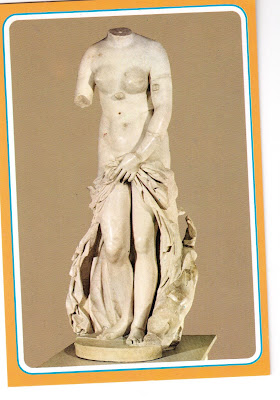Syracuse, in addition to its own history - one of the most
ancient in the Western Mediterranean (excavations and
research have revealed a substantial human presence as
early as the Neolithic period, and particularly from the 13th
century B.C., and have confirmed the presence of the first
Greek colonists - Corinthians who arrived according to
literary tradition in 734 B.C.) - has experienced most of the
vicissitudes of the history of Sicily in general.
Historical summary:
- 9th century B.C.:
The Phoenicians colonise the island.
- 8th century B.C.:
The Greeks in turn set up settlement colonies on the
eastern coast of Sicily (particularly at Syracuse) and
establish trading posts rivalling those of the Phoenicians,
and then those of Carthage, the Phoenicians' western
metropolis.
- 5th-4th centuries B.C.:
Syracuse, the island's main city, exercises hegemonic
control over the whole of Sicily (particularly under
Dionysius the Elder: 405-367 B.C.).
- 212 B.C.:
Rome wins the 1st war against Carthage, conquers Sicily
and makes it into a province, which then becomes a
veritable granary. Syracuse is occupied after a very long
and bitter siege (213-212).
- 5th-6th centuries A.D.:
Vandal domination is followed by the Byzantine conquest
(which lasted until the 9th century).
- 9th-10th centuries:
The Arabo-Muslims, after conquering Sicily by defeating
the Byzantines, turn it into an emirate. It prospers and
Palermo, its capital, becomes a remarkably brilliant
cultural and artistic centre.
- 1061-1091:
Norman domination of the whole island.
- 12th century:
Sicily becomes the centre of a rich and powerful
monarchy, with the flowering of a brilliant and composite
civilisation.
monarchy, with the flowering of a brilliant and composite
civilisation.
- 1197-1250:
The resplendent period of Frederick II Hohenstaufen.
- 1266:
- 1266:
The Duke of Anjou, Charles I, brother of St Louis, is
crowned King of Sicily by the Pope.
crowned King of Sicily by the Pope.
- 1282-1442:
Sicily is in the control of Aragon.
- 1442-1458:
The kingdoms of Naples and Sicily are united, forming the
Kingdom of the Two Sicilies.
Kingdom of the Two Sicilies.








No comments:
Post a Comment